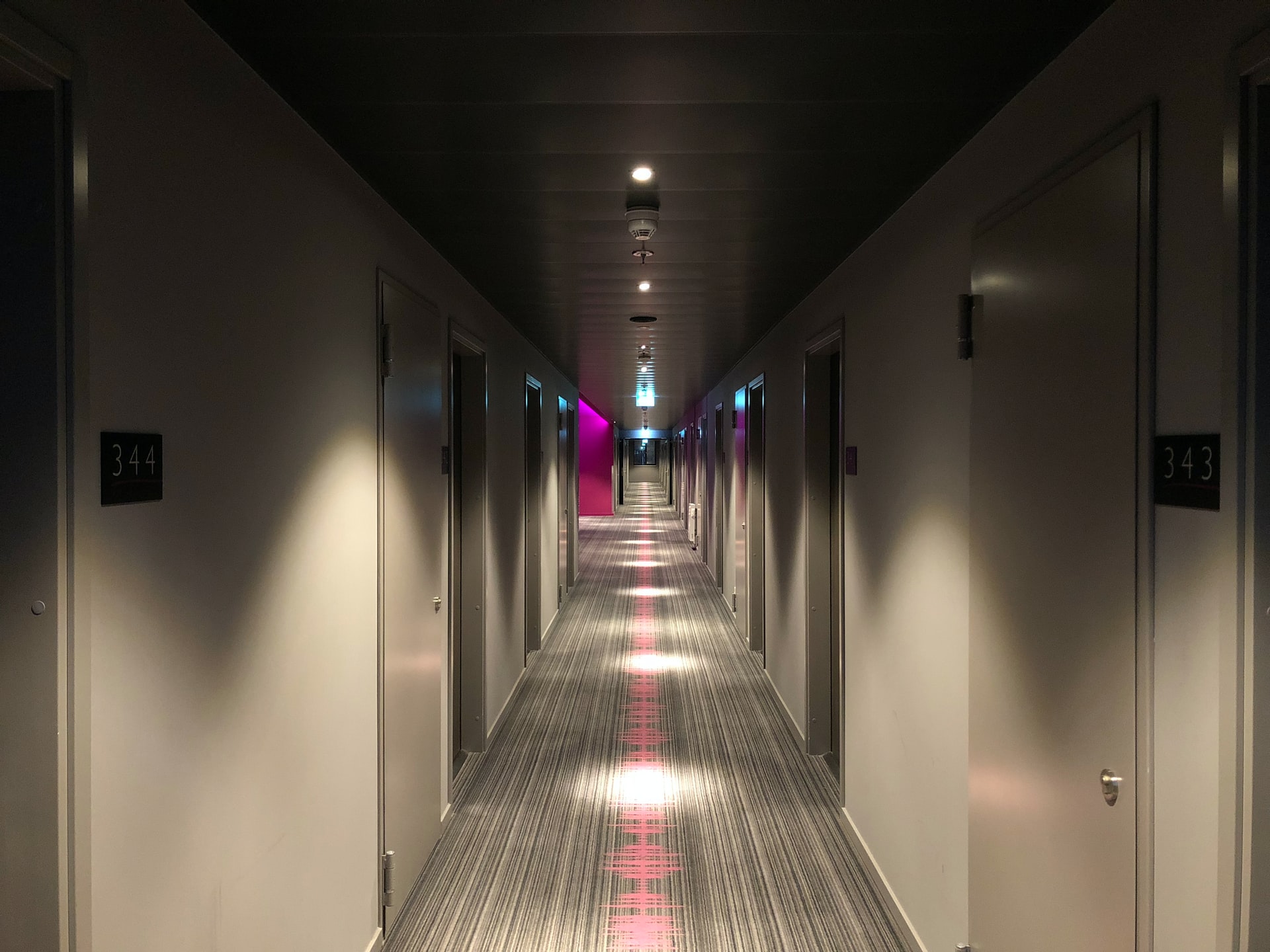Media release
From:
As more countries restrict border access due to Covid-19, we show that the combination of 14-day quarantine with two tests is highly effective in preventing an infectious case entering the community, provided there is no transmission within quarantine facilities. Shorter quarantine periods, or reliance on testing only with no quarantine, substantially increases the risk of an infectious case being released. The fraction of cases detected in the second week of quarantine may be a useful indicator of the likelihood of transmission occurring during the quarantine period.



 New Zealand
New Zealand



